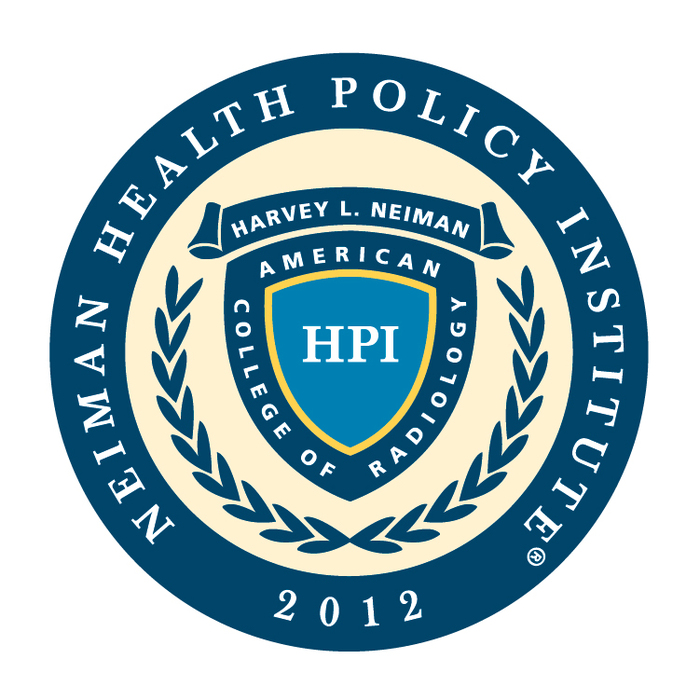Newswise — Reston, VA – Bundled payments have been touted as mechanisms to optimize quality and costs. A prior feasibility study evaluating bundled payments for screening mammography episodes predated widespread adoption of digital breast tomosynthesis (DBT). A new study, published online in the Journal of the American College of Radiology (JACR), explores an episodic bundled payment model for breast cancer screening that reflects the emerging widespread adoption of DBT. “Bundled episodic payments are an important type of alternative payment model (APM) that incentivize cost savings within discrete episodes of care,” said the new study’s lead author Margaret Fleming, assistant professor of radiology and imaging sciences at Emory University. “More recent interest has been expressed in developing outpatient imaging-based cancer screening episodes.” In the earlier 2016 JACR study, Hughes and colleagues explored the feasibility of screening mammography as a potential bundle payment model. The claims data they used predated the implementation of Current Procedural Terminology (CPT) and Healthcare Common Procedure Coding System (HCPCS) codes to report digital breast tomosynthesis (DBT), and thus did not consider the potential impact of this emerging service on their proposed bundled prices. Since receiving approval from the US FDA in 2011, DBT has gained widespread acceptance. In Fleming’s large academic health system, screening mammography is performed at outpatient sites affiliated with four separate hospitals, which have all now since adopted DBT as part of routine screening. For this analysis, Fleming and colleagues focused on the two large hospitals that had no DBT capabilities in 2013, but which subsequently performed DBT routinely as part of their screening examinations in 2015 (2014 was a transition year for both). “Excluding DBT, Medicare-normalized bundled prices for traditional breast imaging 364 days downstream to screening mammography are extremely similar pre- and post-DBT implementation- $182.86 in 2013; $182.68 in 2015,” stated study senior author Richard Duszak, MD, FACR, professor and vice chair for health policy and practice in the department of radiology and imaging sciences at Emory University and senior affiliate research fellow at the Neiman Institute. “The addition of DBT increased a DBT-inclusive bundled price by $53.16—an amount lower than the $56.13 Medicare allowable fee for screening DBT but was associated with significantly reduced recall rates 13.0% versus 9.4%.” Without or with DBT, screening episode bundled prices remained sensitive to bundle-included services and varied little by patient age, race, or insurance status. Based on their findings, the authors concluded that non-DBT approaches to bundled payment models for breast cancer screening remain viable as DBT becomes the standard of care, with bundle prices varying little by patient age, race, or insurance status. Higher DBT-inclusive bundled prices, however, highlight the need to explore societal costs more broadly (eg, reduced time away from work from fewer recalls) as bundled payment models evolve. To obtain a copy of the study or to arrange an interview with a Neiman Institute spokesperson, contact Nichole Gay at (703) 648-1665 or [email protected]. ### About the Harvey L. Neiman Health Policy Institute The Harvey L. Neiman Health Policy Institute® is one of the nation’s leading medical imaging socioeconomic research organizations. The Neiman Institute studies the role and value of radiology and radiologists in evolving health care delivery and payment systems and the impact of medical imaging on the cost, quality, safety and efficiency of health care.Visit us at www.neimanhpi.org and follow us on Twitter, LinkedIn and Facebook.
Journal Link: Journal of the American College of Radiology (JACR)
